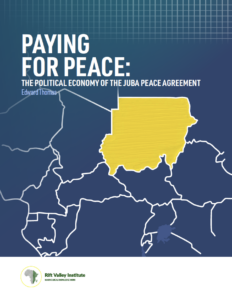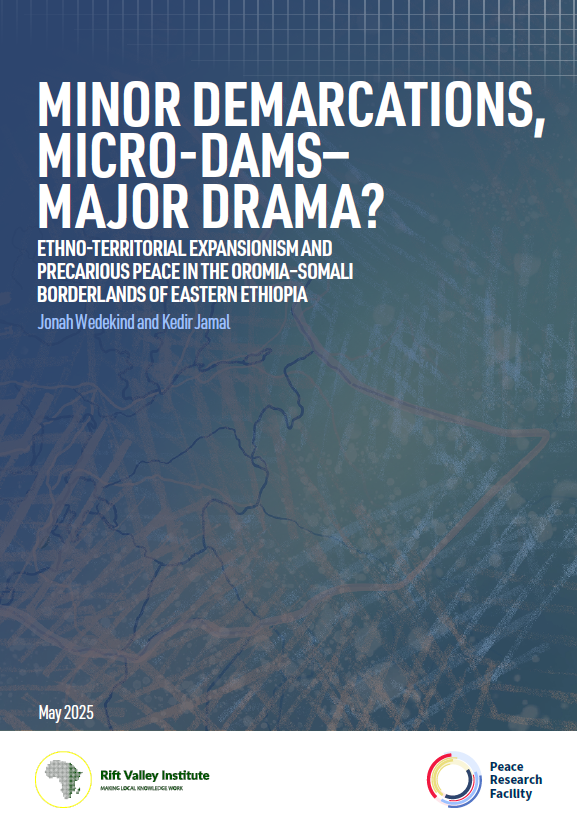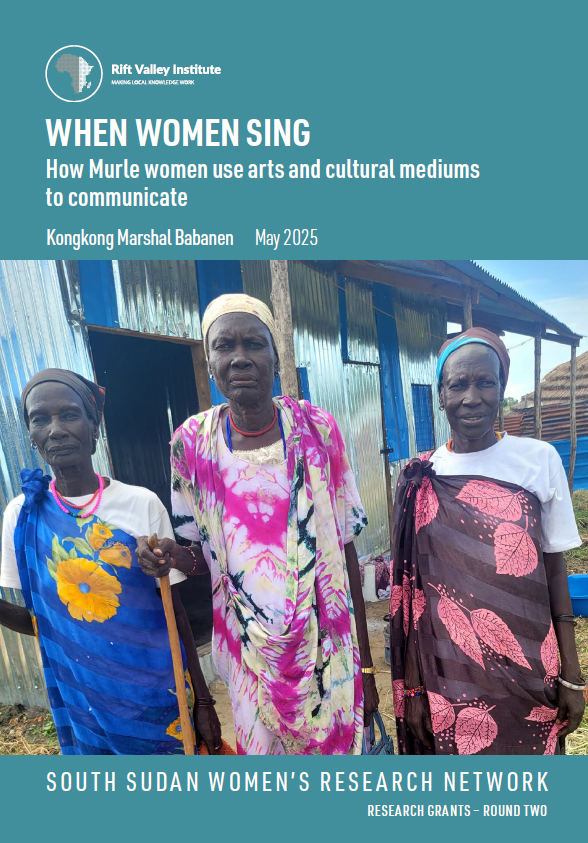SUMMARY
Sudan’s economy is based on resources that have been exploited via violence rather than through peaceful, sustainable means. As a result, those who have benefited are those who control the means of violence. Furthermore, the inequalities in wealth, power and human development between Sudan’s moneyed center and its diverse and impoverished peripheries are profound. The Juba Peace Agreement (JPA), signed in October 2020 in a sweeping bid to end Sudan’s multiple violent conflicts, failed to address these inequalities—and thus the root of those conflicts—because it did little to change Sudan’s economic power dynamics.
One of the preambles of the JPA lays out the ‘underlying root causes, including in particular the issues of citizenship without discrimination, land ownership and use, economic and political divisions between the center and periphery of Sudan, and systematic social, economic, political, and cultural marginalization of certain groups and areas of Sudan’. The country’s system of wealth production and distribution pits the interests of poor farmers and herders from the country’s peripheries against those of the commercial-military leaderships which control the state and the market. This system is, furthermore, framed by violence. Much of the country’s exportable wealth is produced by rural farmers, herders and miners who are constantly being displaced or pushed towards arduous labor migration to survive.
The JPA’s remedies—increasing the share of national wealth that goes to the peripheries and increasing the representation of peripheral leaders in state posts—are familiar elements of Sudan’s twenty-first century peace agreements. Yet they have consistently failed to resolve the country’s long-running crisis. Part of the problem lies with the power-sharing formula. For the past two decades, the representatives of the periphery who rise to cabinet rank are usually militia leaders. They have spent most of their lives at the top of militarized structures that can finance themselves, rather than building democratic, accountable structures that can fairly represent the interests of the peripheries.
The JPA’s remedies—increasing the share of national wealth that goes to the peripheries and increasing the representation of peripheral leaders in state posts—are familiar elements of Sudan’s twenty-first century peace agreements. Yet they have consistently failed to resolve the country’s long-running crisis.
Part of the problem lies with the power-sharing formula. For the past two decades, the representatives of the periphery who rise to cabinet rank are usually militia leaders. They have spent most of their lives at the top of militarized structures that can finance themselves, rather than building democratic, accountable structures that can fairly represent the interests of the peripheries.
This is report 2 of 3 in this series. Find the other two reports below:
Report 1: Key Actors in the JPA
Report 3: The Remains of the JPA
The Juba Peace Agreement (JPA) project, which began in 2022, is a collaboration between the Rift Valley Institute(RVI), Confluence Advisory (CA) – the research partners – and the United States Institute of Peace (USIP), which has funded and supported the project.
The project sought to conduct research that would do three things: 1) map out the key actors in the JPA; 2) explain the political economy of the agreement; and 3) set out a series of policy recommendations, and lessons learnt, for international actors involved in the process.
The project started in the aftermath of the October 2021 coup and its conclusion takes place whilst Sudan experiences a devastating national conflict with fighting widespread from Darfur to Khartoum. Amidst the current war, it is all too easy to forget the national peace agreement that preceded it. While the JPA was undeniably flawed, there is much that can be learnt from how the agreement was reached, what it sought to achieve and the mechanisms that were designed, although largely never activated, as part of it.



